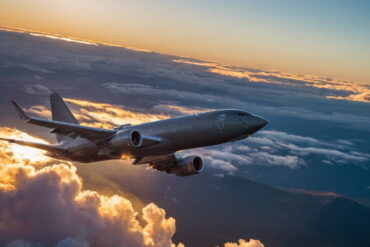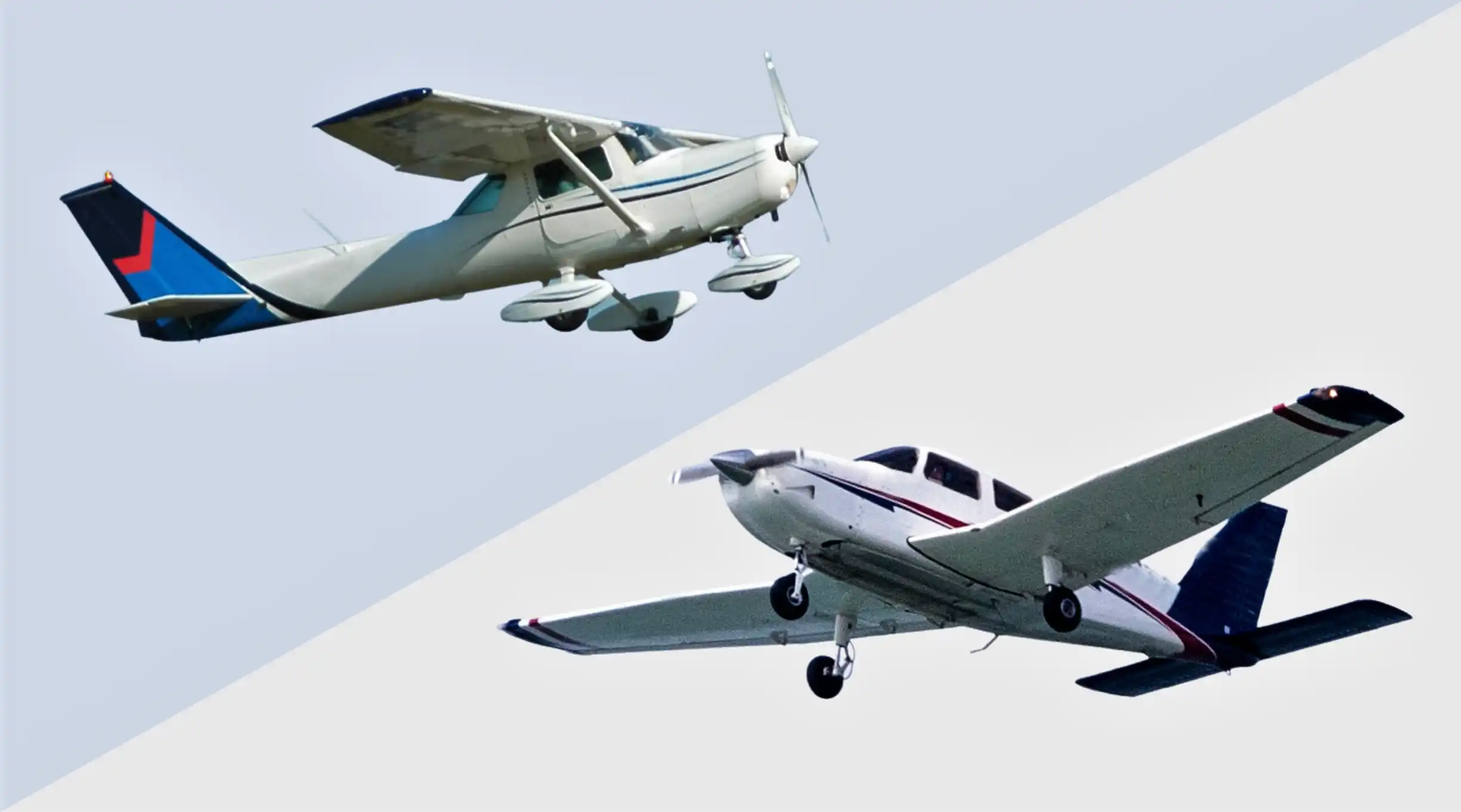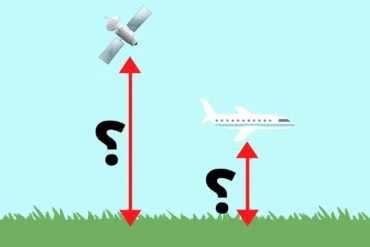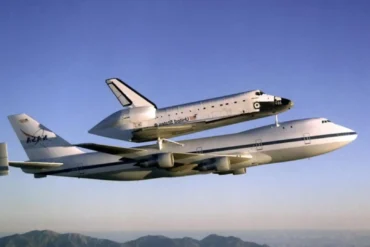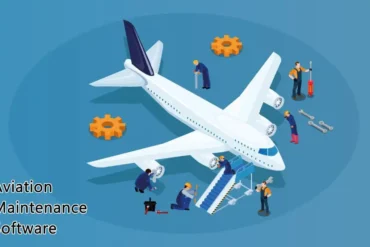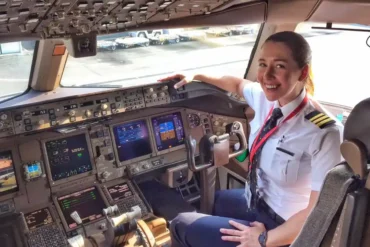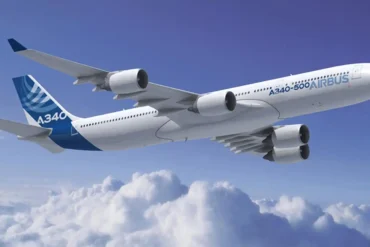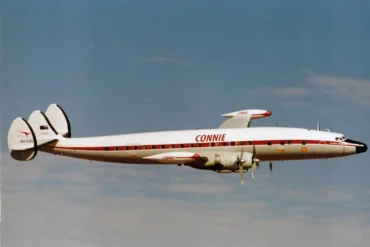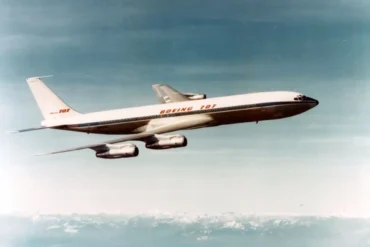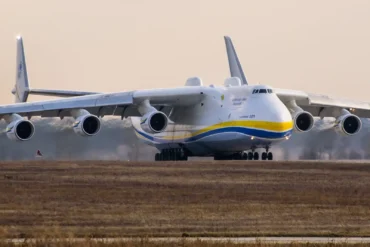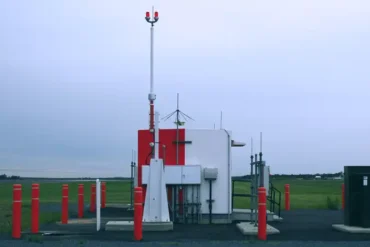Ever wondered how high a plane can fly? That’s where the service ceiling comes in. It’s like the plane’s personal altitude limit – the highest point it can reach while still flying straight and level. Basically, it’s the plane’s way of saying, “This is as high as I can comfortably go!” At this height, the plane can only climb about 100 feet per minute, which is pretty slow in the aviation world. The service ceiling isn’t just a random number; it’s a crucial marker that shows where a plane performs best and stays safe, especially considering how thin the air gets up there.
Why Should We Care About Service Ceiling?
Understanding a plane’s service ceiling is super important for a few reasons:
- Safety First: It helps make sure the plane stays in its comfort zone, where everything from the engines to the wings works just right.
- Flight Planning: Pilots use this info to plan their routes, especially when they need to fly over mountains or want to save fuel and time.
- Just in Case: Knowing the service ceiling helps pilots make smart choices if they need to change altitude to stay safe or in control.
What Affects How High a Plane Can Fly?
A bunch of things can impact a plane’s service ceiling:
- Engine Power: As you go higher, there’s less air for the engines to use, which can make them less powerful.
- Wing Magic: Thinner air means the wings don’t create as much lift, so the plane needs to adjust to keep flying level.
- Weight Matters: How much the plane weighs, including people, luggage, and fuel, directly affects how high it can go.
How Do They Figure Out the Service Ceiling?
Determining the service ceiling involves a mix of smart calculations and real-world testing. Plane makers put their aircraft through rigorous flight tests to find out the official service ceiling, making sure everything’s safe and up to aviation standards.
Different Planes, Different Ceilings
Not all planes are created equal when it comes to service ceilings:
- Big Commercial Jets: These guys can usually fly between 35,000 and 45,000 feet, which helps them save fuel and zip above stormy weather.
- Small Planes and Helicopters: These typically stay lower, often below 20,000 feet, because of how their engines and wings are designed.
- Private Jets: Some fancy private jets can soar even higher, with a few models reaching above 50,000 feet for a super smooth ride.
Challenges of Flying High
Flying near the service ceiling can be tricky. Planes are more likely to encounter bumpy air, ice forming on the wings, and the air gets so thin that everyone on board needs extra oxygen. It’s like being on top of a really tall mountain!
In a nutshell, the service ceiling is like a plane’s personal best in a high-altitude contest. It shows how aerodynamics, engine power, and air conditions all work together, setting the stage for safe, efficient, and high-flying adventures in the sky.

